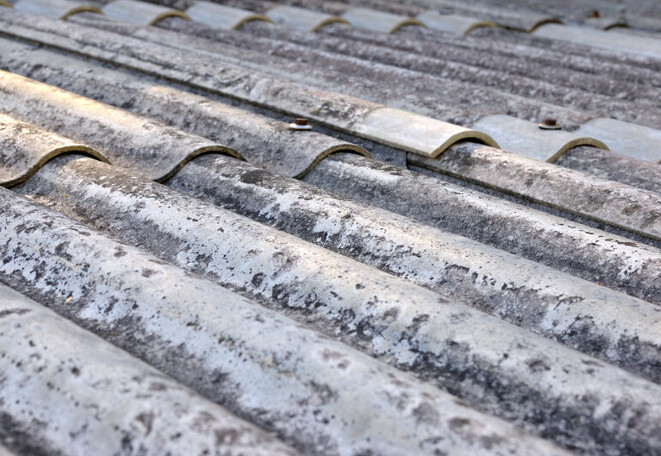Asbestos, once hailed for its durability and fire-resistant properties, has become a significant health concern worldwide. In New Zealand, the legacy of asbestos remains evident in many older buildings, prompting ongoing efforts to manage and mitigate its risks. This blog post aims to provide a comprehensive overview of asbestos in New Zealand, including its history, health risks, regulations, and safe management practices.
What is Asbestos?
Asbestos is a group of naturally occurring fibrous minerals known for their resistance to heat, fire, and chemicals. These properties made asbestos a popular material in construction, insulation, and various industrial applications throughout the 20th century.
History of Asbestos Use in New Zealand
Asbestos was widely used in New Zealand from the 1930s to the late 1980s. Common applications included:
Construction Materials: Roofing, wall cladding, and cement products.
Insulation: Pipe lagging, boiler insulation, and sprayed coatings.
Consumer Products: Brake pads, gaskets, and fireproof clothing.
The importation and use of asbestos-containing materials (ACMs) were largely phased out by the 1980s, with a total ban on asbestos implemented in 2016.
Health Risks of Asbestos Exposure
Exposure to asbestos fibres can lead to serious health issues, primarily affecting the respiratory system. Key health risks include:
Asbestosis: A chronic lung disease caused by inhaling asbestos fibers, leading to scarring of lung tissue.
Mesothelioma: A rare and aggressive cancer that develops in the lining of the lungs, abdomen, or heart.
Lung Cancer: Increased risk of lung cancer, especially among smokers with a history of asbestos exposure.
Other Cancers: Asbestos exposure has also been linked to cancers of the larynx, ovaries, and gastrointestinal tract.
Regulations and Safety Standards
New Zealand has strict regulations to control asbestos use, removal, and disposal:
Health and Safety at Work (Asbestos) Regulations 2016: These regulations outline the duties of employers, contractors, and property owners to manage asbestos risks in the workplace.
Licensed Asbestos Removal: Only licensed professionals can remove friable asbestos (asbestos that can be crumbled by hand) and certain quantities of non-friable asbestos.
Asbestos Surveys: Mandatory surveys for buildings constructed before 2000 to identify and manage ACMs.
Managing Asbestos in New Zealand
Proper management of asbestos is crucial to prevent exposure. Key steps include:
Identification: Conduct asbestos surveys in older buildings to locate ACMs. Professional asbestos assessors can perform detailed inspections and sampling.
Risk Assessment: Evaluate the condition of ACMs and the likelihood of fiber release. This helps determine the appropriate management approach.
Control Measures: Implement control measures such as encapsulation (sealing ACMs), enclosure (isolating ACMs), or removal by licensed professionals.
Training and Awareness: Ensure that workers and occupants are aware of asbestos hazards and trained in safe handling practices.
Safe Asbestos Removal
Safe removal of asbestos requires adherence to strict protocols:
Preparation: Develop an asbestos removal control plan (ARCP) outlining the removal process, safety measures, and disposal methods.
Personal Protective Equipment (PPE): Use appropriate PPE, including respirators, disposable coveralls, and gloves.
Containment: Set up containment areas with negative air pressure to prevent fiber release during removal.
Disposal: Transport and dispose of asbestos waste at approved facilities following local regulations.
Conclusion
Asbestos remains a significant concern in New Zealand, particularly in older buildings. Understanding the risks associated with asbestos exposure and adhering to regulatory requirements are essential for ensuring safety. By following best practices for asbestos identification, risk assessment, and safe removal, we can protect our communities from the dangers of asbestos.
For more information on asbestos management and safety standards in New Zealand, visit the WorkSafe New Zealand website or consult with a licensed asbestos professional.
Resources
WorkSafe New Zealand - Asbestos
Ministry of Health - Asbestos




